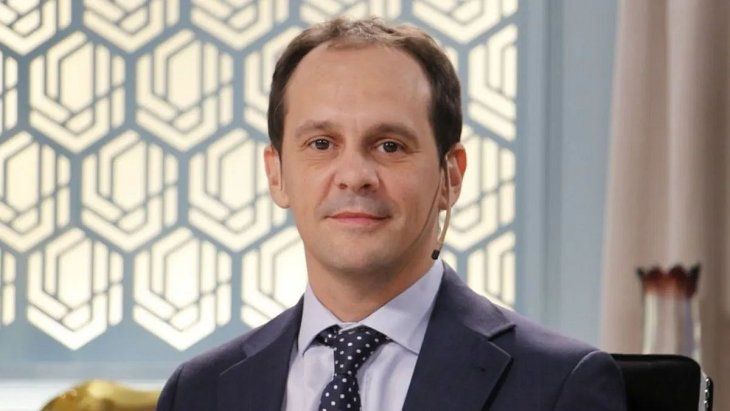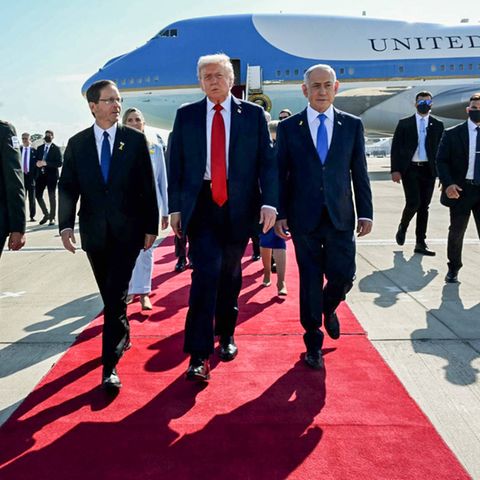In short, the elimination of the exchange rate and the opening of the currency market is presented as the key to achieving a real exchange rate and enhancing a more competitive Argentine economy.
In the middle of a convulsed economic scenario and intense debates About the exchange policy in Argentina, the economist and exassor of President Javier Milei, Fausto Spotornooffered a deep analysis about the future of the dollarcontributing elements that seek to explain the current financial market dynamics.
The content you want to access is exclusive to subscribers.
Spotorno highlighted the urgency of modifying current policies and emphasized the need to move towards greater opening in the currency market. In his statements, he said that “The most important milestone that the government will have to travel this year is the exit of the exchange rate“, a measure that is part of the debate on the elimination of the restrictions that have characterized the control of the change market. This proposal becomes special relevance if it is considered that, according to statements of Milei himself,” there will be not from January 1, 2026 “, which marks a turning point in the country’s economic strategy.


During an interview with Radio Rivadavia, the economist deepened the nature of the dollar price, explaining that this “is still a price where there is supply and demand.”
This observation highlights the fundamental character of market forces in determining values, moving away from interventions that may distort the natural price fixation mechanisms. Also, Spotorno proposed that “a free market will determine a new exchange rate”, suggesting that the elimination of restrictions will allow the dollar to adjust realistically and according to international and local conditions.
To contain the dollar
To know the true value of the currency, the specialist insisted that “we need a free change market.” In this context, he pointed out that “the equilibrium exchange rate can only be known when the change market is released”, which implies that transparency and competition in the sector are essential to achieve a price that reflects economic reality without the direct intervention of the State. In the words of Spotorno, “the key rate is at the exit of the stocks”, an affirmation that underlines the importance of letting the market forces define the value of the currency.
The economist also addressed the issue of high costs in the Argentine economy, highlighting that it is “an obvious that the Argentine cost is high.” This situation generates a direct impact on the country’s competitiveness, raising prices in various sectors. “If you cannot lower the cost, probably the exchange rate will have to be higher,” he speculated, remarking that these conditions are not the result of unilateral government decisions, since “it is not something that the government can define, but the free market.”
Spotorno.jpg

With these statements, Spotorno not only sheds light on the future of the dollar, but also invites us to rethink the economic strategies that have defined Argentine reality in recent years.
In another front, Spotorno analyzed the behavior of the bond market in Argentina, noting that “the Argentine bond market is much larger than the Argentine market because many are in foreign hands.”
This phenomenon shows the interconnection of the local economy with international markets and the need for a more operational and transparent environment. In this sense, the specialist pointed out that “a free market is missing to operate” and added: “A part of the market is missing. This also makes the bonds have a roof.”
Fausto Spotorno’s analysis is inserted in a context in which the tensions between state intervention and market liberalization are at the center of economic discussion. The proposal to eliminate the exchange rate and open the market is presented as an essential step to restore the balance between supply and demand, and to encourage investment and growth in a country that seeks to overcome its structural challenges. With these statements, Spotorno not only sheds light on the future of the dollar, but also invites us to rethink the economic strategies that have defined Argentine reality in recent years.
Source: Ambito
I am a 24-year-old writer and journalist who has been working in the news industry for the past two years. I write primarily about market news, so if you’re looking for insights into what’s going on in the stock market or economic indicators, you’ve come to the right place. I also dabble in writing articles on lifestyle trends and pop culture news.




